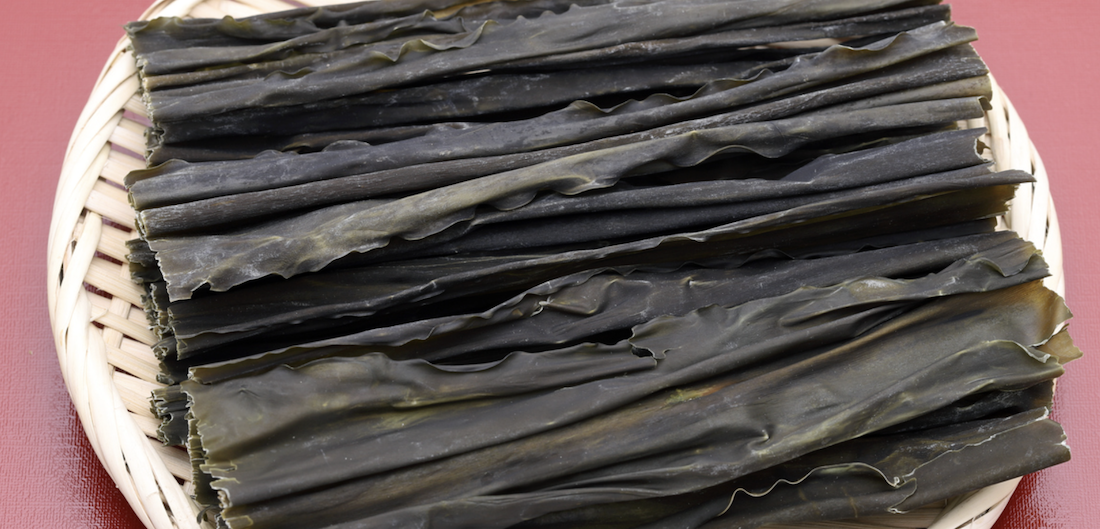Bachan’s Japanese BBQ Sauce (bachans.com) has been gaining popularity in the U.S. over the last couple of years, and I’ve heard about it more times than I can count—from foodies online to my own American husband and teenage son, both of whom are big fans.
People have asked me what I think of it. Honestly, I wasn’t sure until now. I knew it was a teriyaki-like sauce made with clean ingredients and no preservatives. That’s a great start. And it’s called Bachan’s—which means “Grandma” in Japanese—so I had high hopes. It can’t be bad if it’s from Bachan, right?
So today, I finally gave it a try.
First Impressions: Tasting the Sauce on Its Own
Before cooking, I tasted the sauce straight from the bottle—and it surprised me. The flavor is much more complex than I expected.
I could immediately taste ginger, garlic, and a subtle note of sesame. It sits somewhere between a Japanese Yakiniku sauce and a traditional Teriyaki sauce. Definitely deeper and richer than your average bottled marinade.

Cooking Test #1: Yaki Onigiri (Grilled Rice Balls)
Yaki Onigiri is one of my favorite ways to enjoy steamed rice—crispy on the outside, soft and warm on the inside.
Here’s how I made them with Bachan’s sauce:
- I formed rice balls from steamed short-grain Japanese rice.
- Pan-fried them for about 3–4 minutes on each side until they turned golden and crispy.
- Brushed Bachan’s sauce on both sides and cooked for another minute on each side.
The result? The smell was amazing. The sauce created a beautiful teri (shiny glaze), just like a well-made Teriyaki. The flavor worked perfectly with the crispy rice—sweet, salty, and deeply savory.
Cooking Test #2: Teriyaki Chicken (Simplified)
Next up: a simplified Teriyaki Chicken using only Bachan’s sauce—no extra ingredients.
- I pan-fried bite-sized pieces of boneless, skinless chicken thighs until cooked through.
- Poured in the Bachan’s sauce and simmered for a few more minutes until it thickened slightly.
- Added chopped green onions at the end for freshness.
Normally, I make Teriyaki from scratch using soy sauce, sugar, sake, and mirin. But this shortcut version came together quickly and looked (and smelled) just as delicious. I noticed some extra depth in the aroma—probably from the garlic, ginger, and interestingly, tomato paste, which is not traditional in Japanese Teriyaki.
The Verdict: Final Thoughts on Bachan’s Sauce
Visually, both dishes looked fantastic with a glossy finish—likely thanks to the higher sugar content.
Flavor-wise, the sauce is:
- A bit sweeter than my usual homemade Teriyaki.
- Less sweet than most American-style sauces.
- Rich and complex, with layers of garlic, ginger, tomato, sesame oil, and a slight tang from vinegar.
It’s not exactly traditional, but it doesn’t need to be. It’s a Japanese-American BBQ fusion that honors its roots while bringing something new to the table.
Would I Recommend It?
Absolutely.
If you’re looking for a versatile, flavorful sauce that works on everything from rice balls to grilled meats—and want to skip making your own sauce from scratch—Bachan’s Japanese BBQ Sauce is worth trying.
It’s a pantry staple with endless possibilities, and it definitely earned a spot in my kitchen.












 English (US) ·
English (US) ·